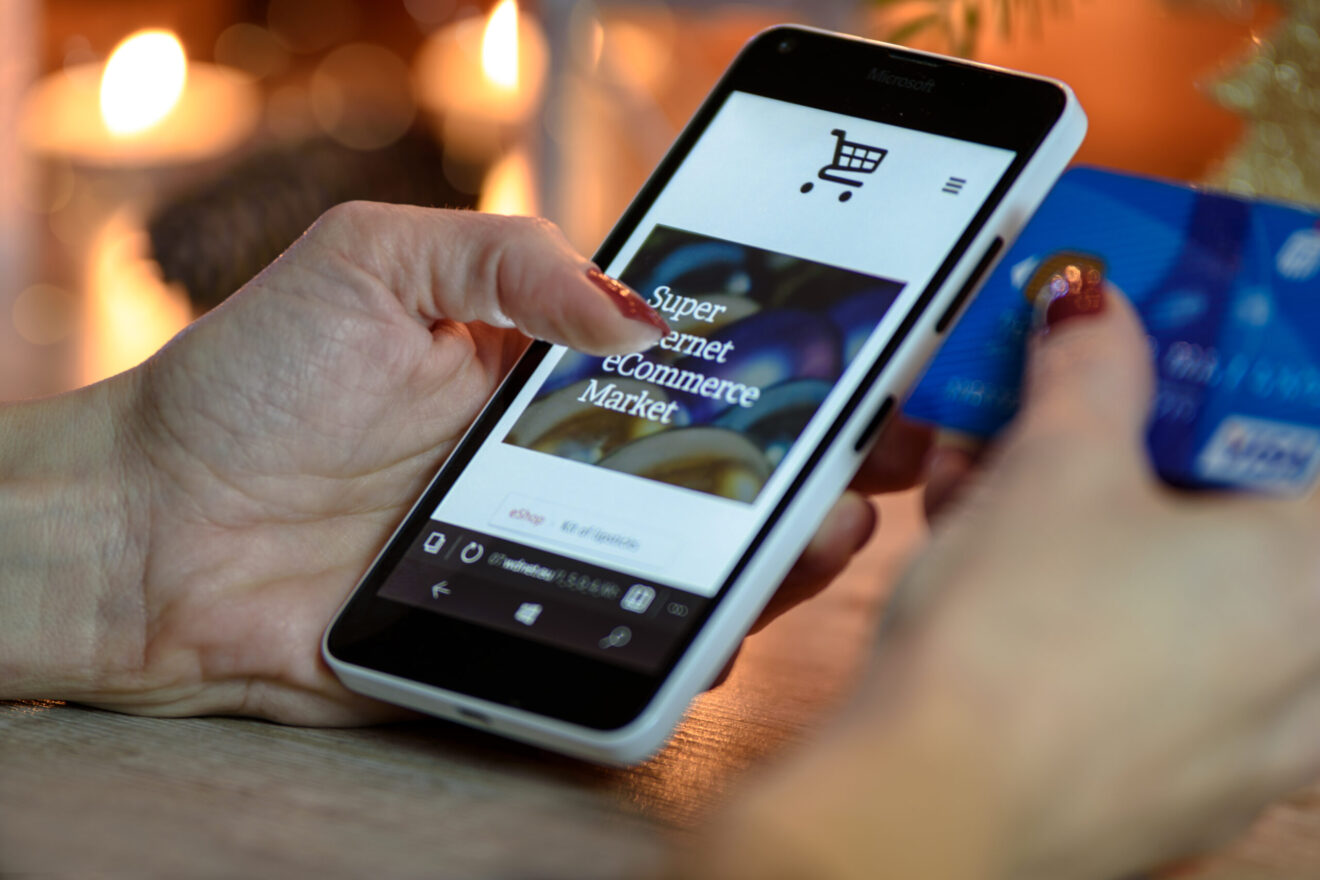While consumer food trends come and go, one thing in the food industry that’s here to stay is the omnipresent and always-evolving role of digital. From Big Data to e-commerce, industry executives gathered in Scottsdale, Ariz., for the 40th annual FMI Midwinter Conference to discuss the future of the food industry and the quickly changing landscape with respect to digital.
“Digital is tantalizing us into new ways of knowing and serving our customers better,” Hank Meijer, CEO of Meijer, Inc., said. “Each of us might think about the digital challenge in a different way. If we’re in business now, it’s because we’re adapting, and our businesses depend on that.”
In fact, by 2025, approximately 20% of all grocery spending, or $100 billion in sales, is expected to come from online shoppers, according to FMI and Nielsen. And 40% of all center store and non-food purchases are projected to be filled online.
“Yesterday’s simple path to purchase is evolving into tomorrow’s version of a super highway, with drone lanes, air drops, autonomous vehicles, urban transport pods, and hyperloops,” said Leslie Sarasin, president and CEO of the Food Marketing Institute, in her keynote at the end of the conference. “We all need help ensuring we keep our companies on the smart road, embracing innovations and heading toward success.”
It’s all about the consumer
One large theme throughout the various sessions at the conference was the acknowledgement of the fact that the food industry is now more consumer-centric than ever, and that it must be in order to succeed.
“We have to understand who this consumer is because I would argue that the adoption rate of these online purchases will vary widely by category.” said Benno Dorer, chairman and CEO of The Clorox Company. “This is not a technology discussion, this has to be a discussion about the consumer experience. We have to test and learn because I don’t think anyone in this room has the answer. More importantly, we have to do this together…we have to do this in a very collaborative fashion.”
With the consumer influencing both product innovation and marketing strategies, and as mobile and e-commerce have become ubiquitous in consumer purchasing behavior, there has been a fundamental paradigm shift from point-of-sale to what Aidan Tracey, CEO of sgsco, calls moment-of-sale.
“The big driver is that we’re entering into a new age of commerce and trade,” Tracey said, explaining that now, the first touchpoint is in every person’s pocket, with mobile purchases surpassing desktop purchases, according to Criterio.
The importance of providing a seamless experience for the consumer was also emphasized by many executives at the conference. With that comes everything from ensuring that the content on your website and mobile app accurately represents products and product information, which Unilever created its “hero images” for, to making sure the product is in stock on your shelves and ensuring the consumer is getting relevant predictive buying suggestions and information based on both first- and third-party data.
Retailer and manufacturer collaboration
In the “Age of connected commerce: digitally engaged shoppers” session, it was shared that 100% of retailers and CPG manufacturers indicated much work has to be done to compete effectively and profitably in digital food retailing, said Dave Bornmann, senior vice president of business development grocery, customer service and fresh for Publix Supermarkets. The key however, is to test and set clear goals and strategies, and act fast.
“We’ve got to build strategy before structure,” said Thom Blischok, chairman and CEO of The Dialogic Group.
Jean-michel Fally, principal at Deloitte Consulting, LLP, Dorer of The Clorox Company, and many others throughout the conference emphasized the need to have “a true shopper centric vehicle and approach that actually brings retailers and suppliers together to better create that shopper experience,” Fally said in his session with Win Weber, chairman and CEO of Winston Weber and Associates, on expanding beyond the old model of category management to the new shopper-centric retailing business model.
Sarasin summed the bottom-line up well in her keynote:
“In this environment, we simply can’t afford a ‘wait and see’ mentality. As the rate of change picks up speed, if we wait too long for the dust to settle, we may soon find ourselves 6 feet under it. This, I believe, is actually the best time for the food retail industry to be bold and move decisively to shape the future we want. This is our opportunity to engage and act, because I believe those not shaping the future will get shaped by it. This is when we must dare to dream and to dream big. And if we find we can’t, we should hire the dreamers and listen to them, tempering their visions with our experience and together forging a future worth having.”
__________________________________________________
If you enjoyed this article, join SmartBrief’s email list for more stories about the food and beverage industry. We offer 20 newsletters covering the industry from restaurants to food manufacturing.
